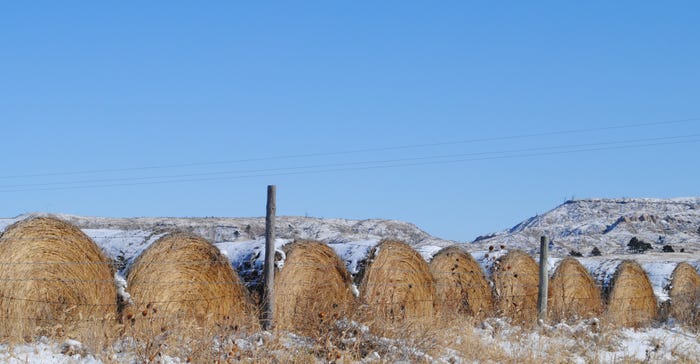
It may not be an exaggeration to say that the favorite subject of conversation and discussion for farmers and ranchers is the weather, something we have absolutely no control over. Maybe that’s why we like talking about it so much.
Often, we quip that most farmers do not experience “average” weather conditions. Most of the time, extreme weather averages out. Weather extremes have played a key role in the history of the Plains and Mountain states.
When the Homestead Act of 1862 went into effect, town builders and community promoters touted the idea that rain followed the plow. In other words, if farmers plowed the prairie sod, rain would somehow follow.
That idea might have almost seemed plausible in the 1870s, when Plains fields were drenched with plentiful moisture. By the 1890s, settlers realized that they were just as susceptible to sustained heat and drought. In fact, plowing the sod only made it dry out faster.
Cold and snow are another subject altogether. Early settlers huddled in their thick-walled sod houses, which were surprisingly warm and insulated in the winter months.
Today, producers continually worry about winter weather when they are grazing winter rangeland or cornstalks, feeding hay in the yard, cleaning out feed bunks or trying to haul grain or livestock on snow-packed or icy roads.
We’ve gleaned some interesting cold, snowy winter weather facts from six Great Plains and Mountain states from coolweather.net, so you can see where the coldest and snowiest spots are in your location. As winter weather sets in, it is interesting to look back at the extremes of our region through history.
It's notable and somewhat surprising that producers have experienced freezing temperatures in every month in Nebraska, including July. In northeast Nebraska, crops froze in the field on July 31, 1927.
If you want to talk about extremes, on Jan. 20, 1943, the temperature in Deadwood, S.D., was minus 16 degrees F, but only 4 miles down the road in Lead, S.D., it was 52 degrees.
Click through our slideshow to see how your state or location compares to the others when it comes to record winter weather.
About the Author(s)
You May Also Like






